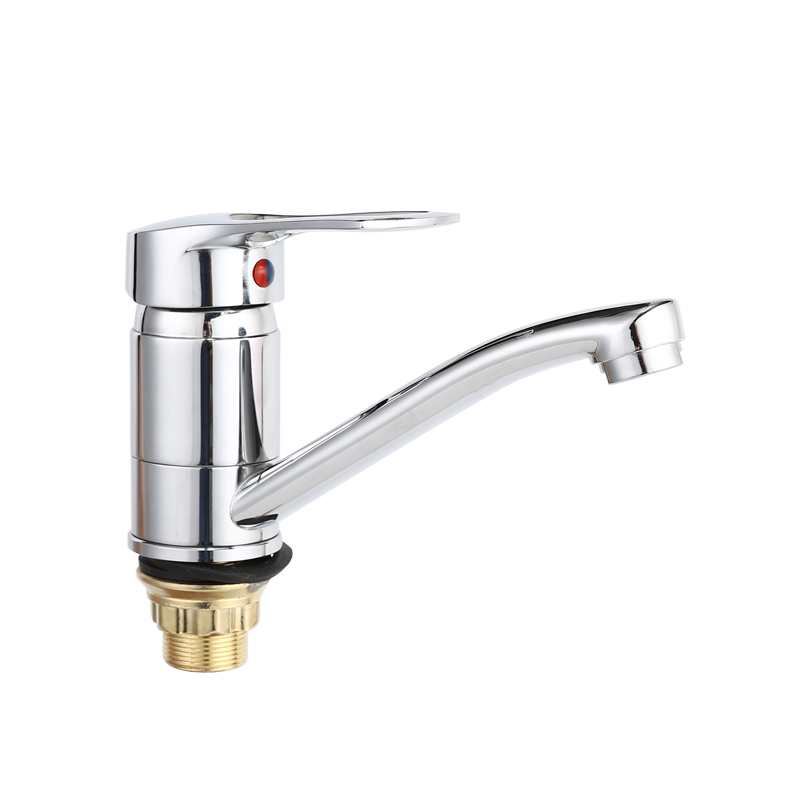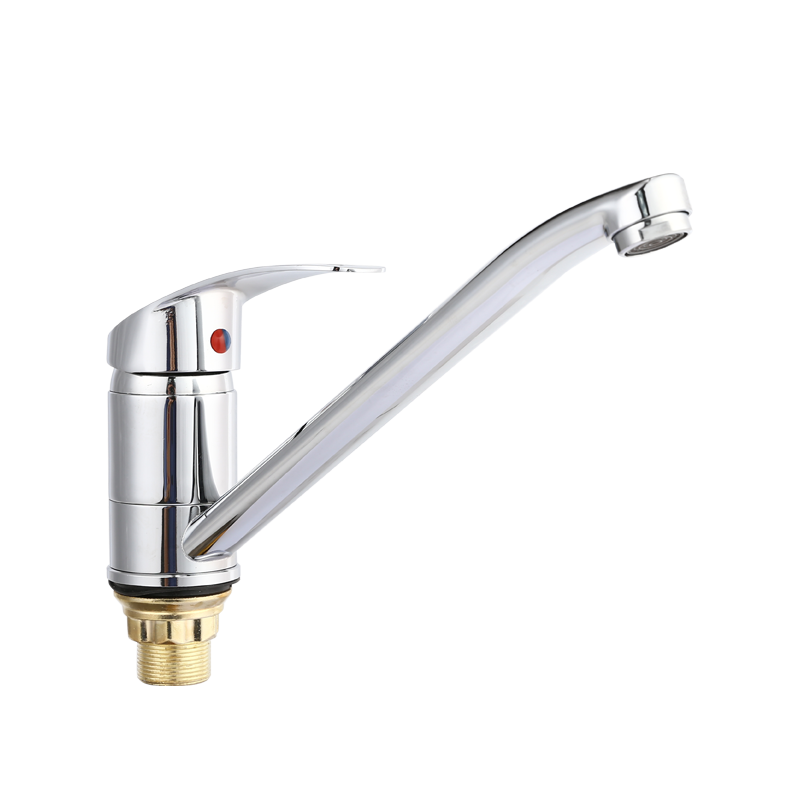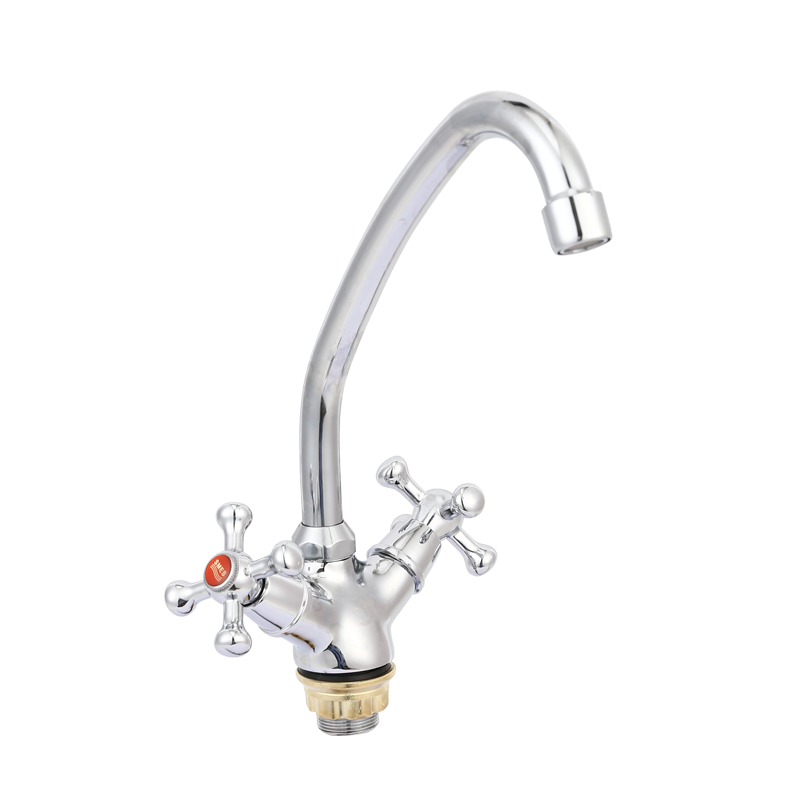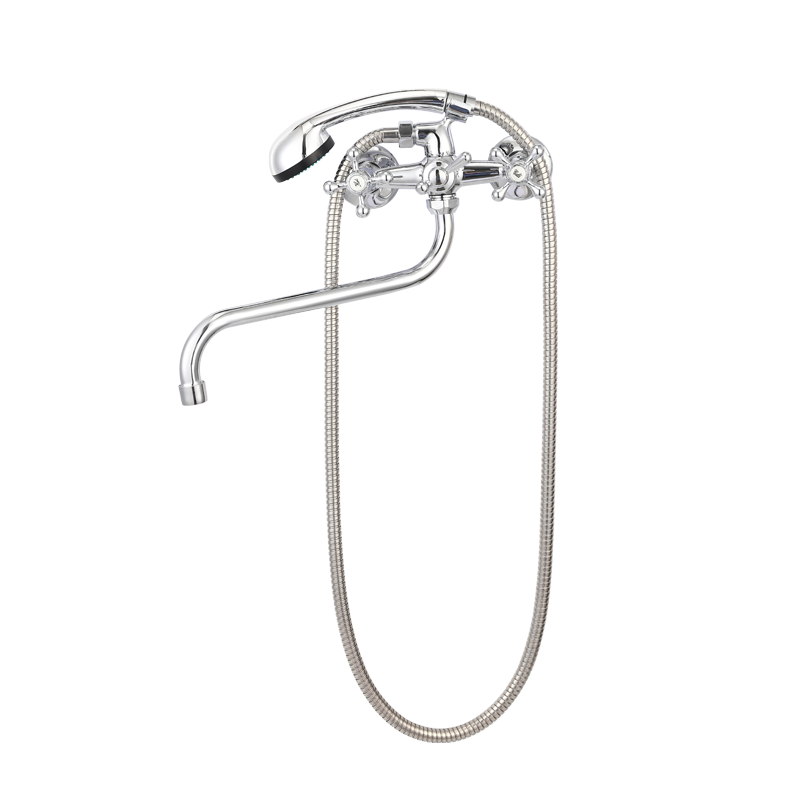Stainless steel sinks continue to be a preferred choice in kitchens around the world due to their durability, modern look, and ease of maintenance. However, many users often wonder how to keep their stainless steel sinks shiny and spotless, whether it is safe to use harsh cleaners like bleach, and how prone these sinks are to water spots or stains. This article explores these questions and offers practical guidance for maintaining the appearance and longevity of stainless steel sinks.
How to Clean and Maintain Stainless Steel Sinks
Maintaining the natural shine of stainless steel sinks is largely about regular cleaning and proper care. Experts recommend wiping the sink daily with a soft cloth or sponge and mild dish soap to remove residue and prevent buildup. After rinsing thoroughly with clean water, drying the sink with a microfiber cloth helps prevent water spots and streaks, keeping the surface bright and polished.
For a deeper clean, many homeowners use a mixture of baking soda and water to create a gentle abrasive paste. This method effectively removes stains without scratching the surface of the stainless steel sinks. After scrubbing with the paste, rinsing, and drying thoroughly, the sink gleams.
Can You Use Bleach or Harsh Cleaners?
A common concern is whether bleach or harsh chemical cleaners are safe for use on stainless steel sinks. Most manufacturers advise caution. While stainless steel itself is corrosion-resistant, harsh chemicals like bleach, ammonia, or abrasive powders can damage the protective chromium oxide layer, to discoloration or corrosion over time.
For instance, Kohler, a major manufacturer of stainless steel sinks, recommends avoiding bleach-based products. Instead, they suggest using mild detergents or specially formulated stainless steel cleaners to maintain the sink’s surface integrity and appearance.
Staining and Water Spots: Are Stainless Steel Sinks Prone?
Water spots and stains can appear on stainless steel sinks if the surface is not dried properly after use. Hard water, in particular, leaves mineral deposits that cause these spots. However, regular drying and occasional polishing can greatly reduce their occurrence.
In a recent case study, a commercial kitchen in San Francisco installed high-grade 304 stainless steel sinks with a brushed finish designed to minimize visible stains and smudges. The kitchen staff found that routine wiping and immediate drying after use kept the sinks looking new, even under heavy daily use.
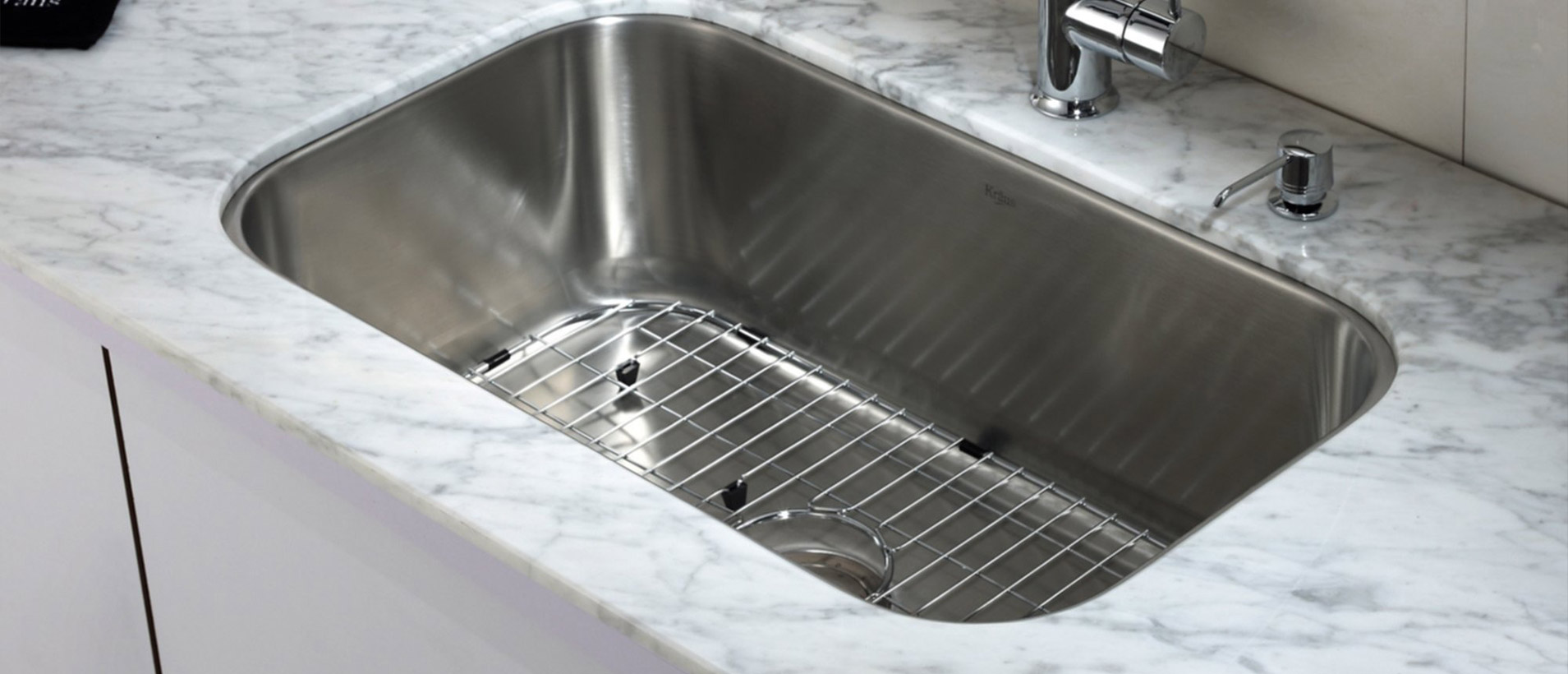
Protective Coatings and Finishes to Reduce Fingerprints and Smudges
To further combat fingerprints and watermarks, many modern stainless steel sinks come with protective coatings or specialized brushed finishes. These finishes reduce the visibility of fingerprints and minor scratches while enhancing corrosion resistance.
Brands like Blanco and Franke offer stainless steel sinks with PVD (Physical Vapor Deposition) coatings or nano-coatings that create a hydrophobic surface. This treatment makes water bead off easily, reducing spotting and making cleaning simpler. Additionally, a brushed finish, which features tiny grooves running along the sink surface, helps mask fingerprints and fine scratches, maintaining a cleaner appearance longer.
Real-World Examples of Maintenance Success
In residential settings, many homeowners have shared their positive experiences maintaining stainless steel sinks using simple cleaning routines. For example, a family in Seattle uses a combination of mild soap and a microfiber cloth daily and occasionally applies a dedicated stainless steel polish to maintain their sink’s shine. They noted that avoiding bleach and abrasive sponges prevented any damage or discoloration.
On the commercial side, a restaurant chain in New York City standardized on high-quality stainless steel sinks with brushed finishes and protective coatings. The kitchen managers reported reduced cleaning times and a consistently polished look, even with the demanding daily workload.
In summary, stainless steel sinks offer durability and a sleek look, but maintaining their shine requires appropriate care. Regular cleaning with mild detergents, immediate drying to avoid water spots, and avoiding harsh chemicals like bleach are key steps. Protective coatings and brushed finishes enhance resistance to fingerprints and smudges, making maintenance easier.
By following these practices, both homeowners and commercial users can ensure their stainless steel sinks remain a stunning and practical centerpiece of any kitchen for years to come.

 English
English русский
русский